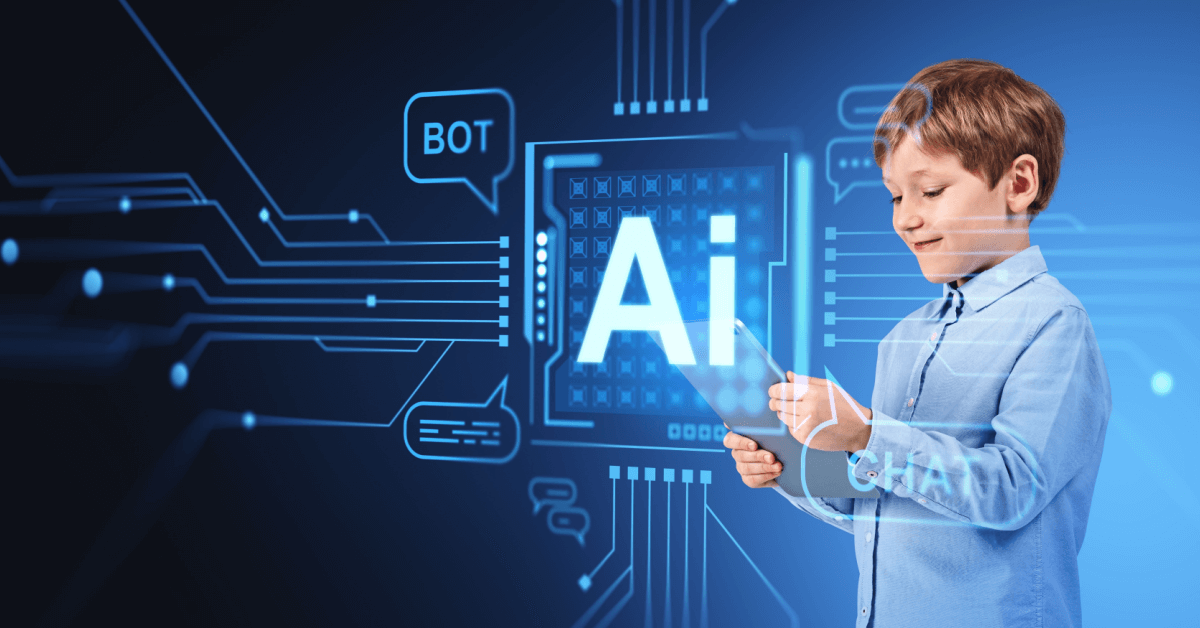October 22, 2024
This is the third in a series of posts about AI strategies in teaching and learning.
One of the most significant developments in educational technology has been the rise of AI teaching assistants. Platforms like MagicSchool, Eduaide, Brisk Teaching and TeachMateAI are attracting millions of educators with promises of time-saving automation and a wide array of teacher-friendly tools. However, beneath the surface of these convenient assistants lies a crucial limitation that could impact the quality of education they provide.
Why Teachers Are Flocking to AI Assistants
AI teaching assistants have gained popularity for good reason. These platforms offer a comprehensive suite of features designed to streamline a teacher’s workload, automating many time-consuming tasks and providing a centralized hub for various educational activities.
These platforms provide ready-made prompts and templates, making it easy for educators to generate relevant content quickly. Many also integrate with popular Learning Management Systems (LMS), allowing teachers to create, assign, and manage AI-generated content within their existing workflows.
For instance, MagicSchool, boasting 2.5 million subscribers, offers over 60 tools for generating everything from lesson plans to quizzes and emails. Eduaide, led by a practicing teacher, features over 100 resource types. Brisk Teaching has found its niche as a Chrome extension that seamlessly integrates with Google Workspace. Meanwhile, TeachMateAI gears itself towards educators following the International Baccalaureate program.
The Student-Facing Frontier
A significant development in the evolution of AI teaching assistants has been the introduction of student-facing tools. Platforms like MagicSchool for Students, SchoolAI, and Mizou offer AI chatbots with guardrails, designed to build student AI literacy while protecting their privacy – a key concern for schools hesitant to introduce ChatGPT directly.
In these environments, teachers can set up AI chatbots with specific parameters and guidelines tailored to their classroom needs. Some, like Mizou, even supply teachers with a transcript of the student’s participation during the session.
The Hidden Limitations of AI Teaching Assistants
Despite their appeal, AI teaching assistants harbor a significant limitation: they typically rely on less advanced large language models (LLMs) compared to the latest version of ChatGPT, GPT-4o. This disparity in underlying technology can significantly impact the quality and accuracy of the generated content.
Most AI teaching assistant tools avoid mentioning that they use GPT-3.5 or other lower-performing LLMs. This secrecy can lead to unexpected consequences, particularly in subjects requiring precision and contextual understanding.
For example, in advanced mathematics, GPT-3.5 struggles with complex concepts and multi-step problems, while GPT-4o excels in handling these tasks with improved accuracy and reasoning. Similarly, in language learning, GPT-4o demonstrates superior understanding of idiomatic expressions and nuanced contexts. Students using AI teaching assistants powered by GPT-3.5 might receive less accurate information, oversimplified explanations, or struggle with more complex topics.
The Power of ChatGPT 4o
While AI teaching assistants offer convenience, an advanced language model like GPT-4o provides a level of power, flexibility, and creativity that specialized teaching tools can’t match.
In lesson planning, ChatGPT allows for a dynamic, back-and-forth dialogue to refine and iterate on plans. For example, a history teacher using ChatGPT could start by outlining the basic parameters of a lesson on the Industrial Revolution. Through a series of follow-up prompts, they could explore specific aspects like its impact on social structures, its environmental consequences, or its influence on art and literature. ChatGPT’s vast knowledge base enables connections between various subjects and real-world applications, facilitating more engaging learning experiences.
Moreover, ChatGPT’s can engage in sustained, verbal interactions with users, while AI teaching assistant tools are almost universally relegated to text. ChatGPT is ideal for enabling fluid, human-like interactions that allow students to engage in various scenarios. Its Memory feature allows for increasingly personalized assistance over time, adapting to each user’s unique learning needs and preferences.
Building AI Literacy: Strategies for Educators
With GPT-5 on the horizon, the gap between general AI chatbots and specialized teaching tools is likely to widen. This evolving landscape underscores the importance of AI literacy for educators. Here are some strategies to enhance your AI skills:
- Experiment with prompt engineering: Learn to craft effective prompts that yield the most useful and accurate responses from AI.
- Collaborate and share: Engage with colleagues to exchange experiences and successful strategies for using AI in education.
- Critically evaluate AI-generated content: Always assess the appropriateness and accuracy of AI suggestions using your professional judgment.
- Start small: Begin by using AI for specific aspects of lesson planning, gradually expanding as you become more comfortable with the technology.
Embracing AI Literacy: The Path Forward
While AI teaching assistants offer convenient, education-specific features, the power and flexibility of advanced general AI like ChatGPT shouldn’t be overlooked. The key is to approach AI integration thoughtfully, focusing on how these tools can enhance the student learning experience, not just save time.
As educators, our goal should be to harness AI’s potential to create more engaging, personalized, and effective learning experiences. By making informed decisions about when to use general AI tools versus specialized teaching assistants, we not only improve our own practice but also model critical engagement with technology for our students.
In this rapidly evolving landscape, the most valuable skill we can cultivate is adaptability. Embrace the journey of AI literacy, experiment with different tools, and always keep the needs of your students at the forefront.
Tom Daccord taught in independent schools for 15 years and is currently an AI speaker, trainer, and author. His most recent book “AI Tools & Uses: A Practical Guide for Teachers” is available at Amazon.com.
You may also be interested in reading more articles written by Tom Daccord for Intrepid Ed News.

